This 200-hp Corvair runs with the big dogs at Laguna Seca
The Rolex Monterey Motorsports Reunion brings more than a dozen race and exhibition classes to the iconic curves of Laguna Seca. If you’re into a particular brand, era, or race venue, you’ll probably be able to find a car or class that gets your motor running. Our tastes are broad and varied, but even in classes where competition is fierce, it’s not always the front-runner that draws our eye. Group 4 at this year’s Rolex Monterey Motorsports Reunion included Cobras, Corvettes, and Mustangs with booming V-8s, yet it was Cary Eisenlohr from Signal Hill, California, who we kept looking for each lap. His 1966 Corvair Corsa was mid-pack for most of the sessions, but he seemed to be having just as much fun as anyone else on the track.
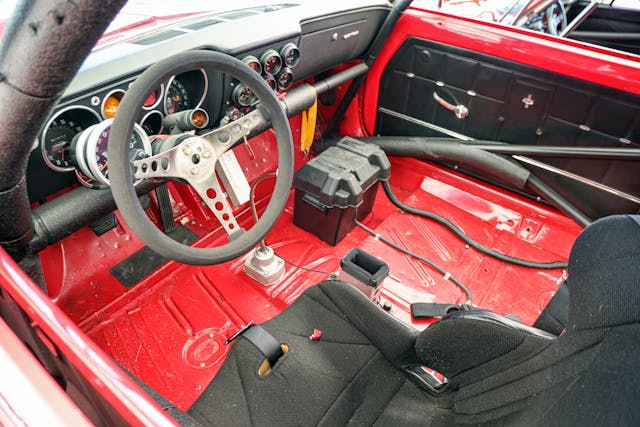
We got a chance to speak with Eisenlohr between sessions, as he was getting ready to climb into his IMSA Camaro. He was all smiles when talking about his underdog Corvair, which he’s owned for years. Eisenlohr has kept the Corvair on the back-burner and hasn’t raced in years, mostly because of problems with the Corvair’s unusual belt system that operates on two planes.
He explained the problem to us: “When we started getting up around 6000 to 6500 rpm, on decel, they tend to come off. We had an alignment issue, so I think it was worse than usual.” When the flat-six was plugging along at 5500 rpm, there was no issue, but Eisenlohr is working the engine hard to keep up with his V-8-powered competitors, so he and his crew recently converted to a custom shroud and vertical fan with a simple belt system.
“We’re good through the turns, and braking we’re good. It’s just on the straightaways that’s the problem, as they’re all running 500 hp.”
Eisenlohr found his Corvair when searching for a Yenko Stinger, the most famous of racing Corvairs. The Rolex Monterey Motorsports Reunion requires that its participants be former racer cars, so a Stinger was a logical choice, yet Eisenlohr discovered that the Yenko cars were often used on the street rather than the track. Those with racing histories had often fallen victim to the same fate as other racers: They were used hard, wrecked, and in sad shape.
This Corvair, while not a Yenko, does have a racing pedigree. The story that Eisenlohr heard was that Baldwin Chevrolet bought the car to build into a race car but put the project on the back burner after learning Yenko got the nod to build 100 homologation racers. That may just be a rumor, as Eisenlohr tracked down a former Baldwin employee whose information seems to debunk that theory.
Whether or not Baldwin was involved doesn’t change the fact that the car was ordered with all the right options to be a race car from day one, namely the Corsa 140 engine and a heavy-duty suspension, and nothing else. Race records show the car was used in some FIA races in Canada in the ’60s, and some SCCA races in the ’70s. The racer was never street-driven before Monterey Car Week 2022, when it received a police escort along with other entries in its class as it paraded to Carmel Valley to participate in The Quail, A Motorsports Gathering.
“I love it because the car gets so much attention and now that the fan belt is staying, I’m gonna try to race it more.” Eisenlohr said, adding that the change to a vertical fan has ruffled feathers among the Corvair purists. To them, we’ve got to point out that the car does still retain its original Rochester carbs, all four of them, and he’s still doing the rear-engine car proud out there on the track, even if he does get passed on the straights.
“I raced in IMSA GTU way back in the ’80s, but I was always in the slower class,” Eisenlohr joked. “That’s all I ever did my whole life, get passed by GTP cars, so I know how to use my mirrors.”
Check out the Hagerty Media homepage so you don’t miss a single story, or better yet, bookmark it.
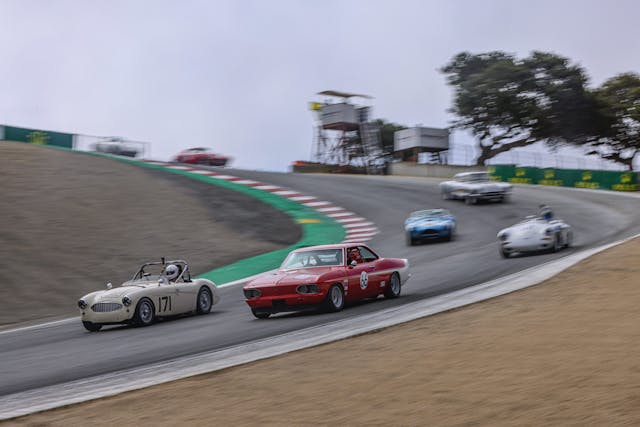
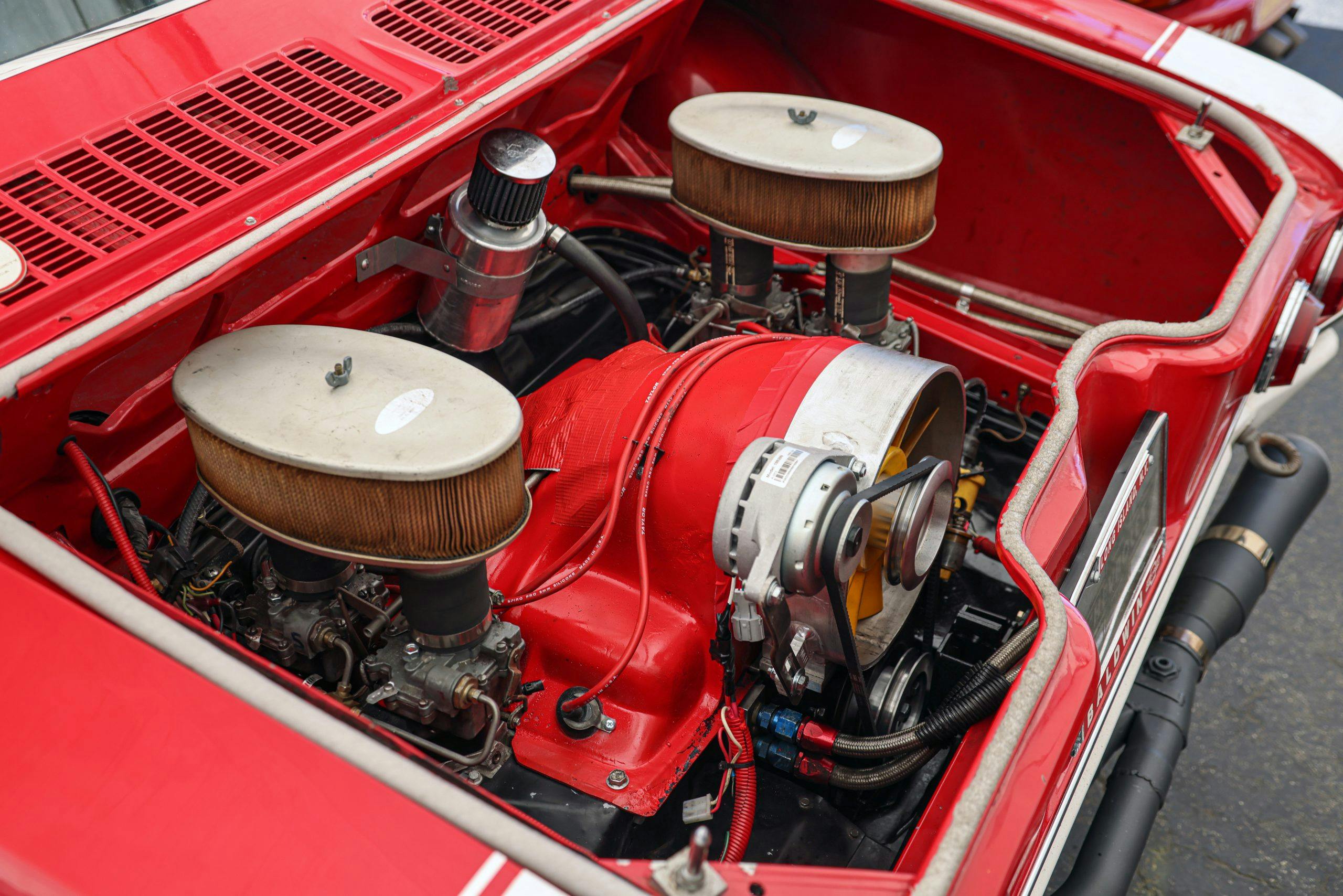
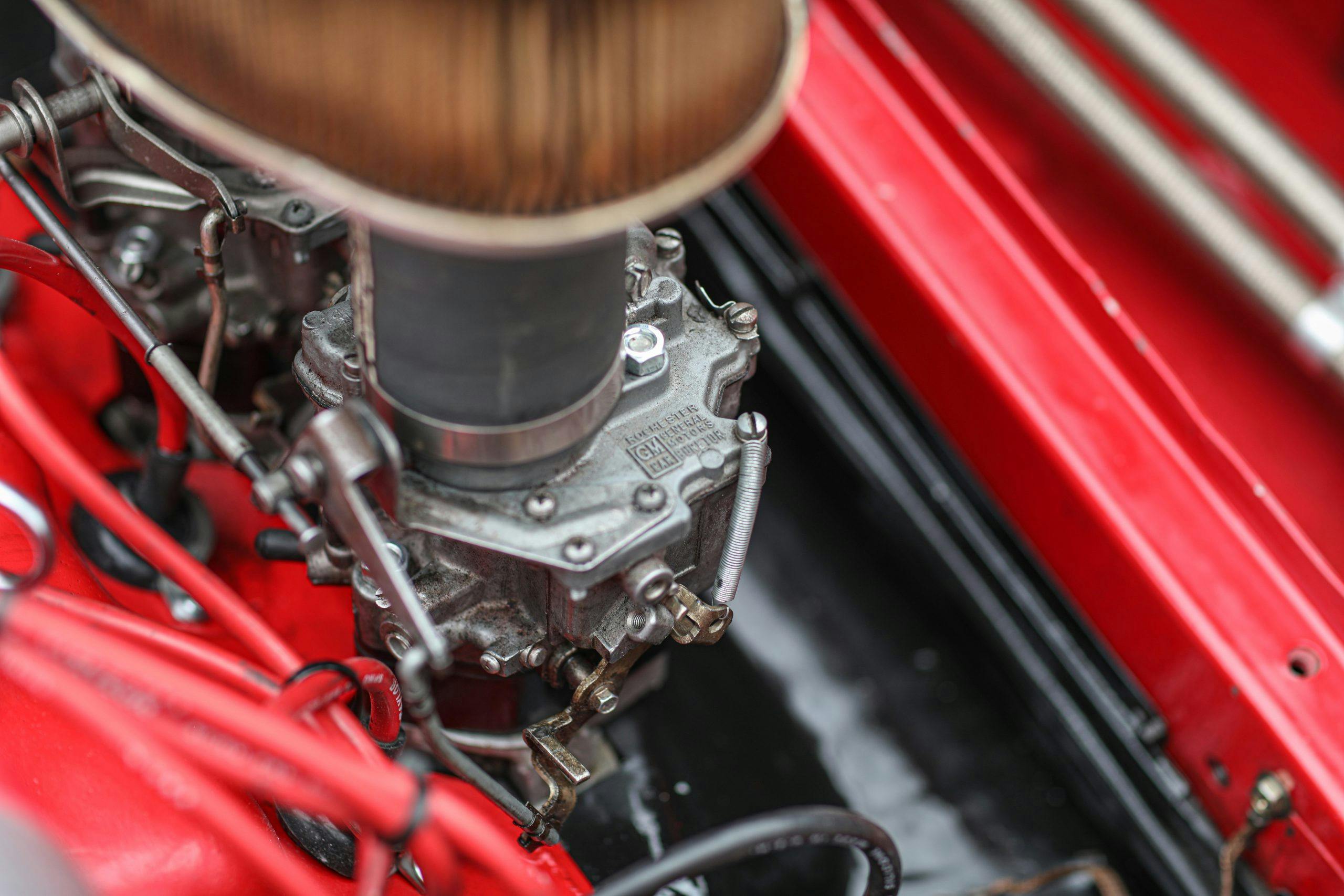
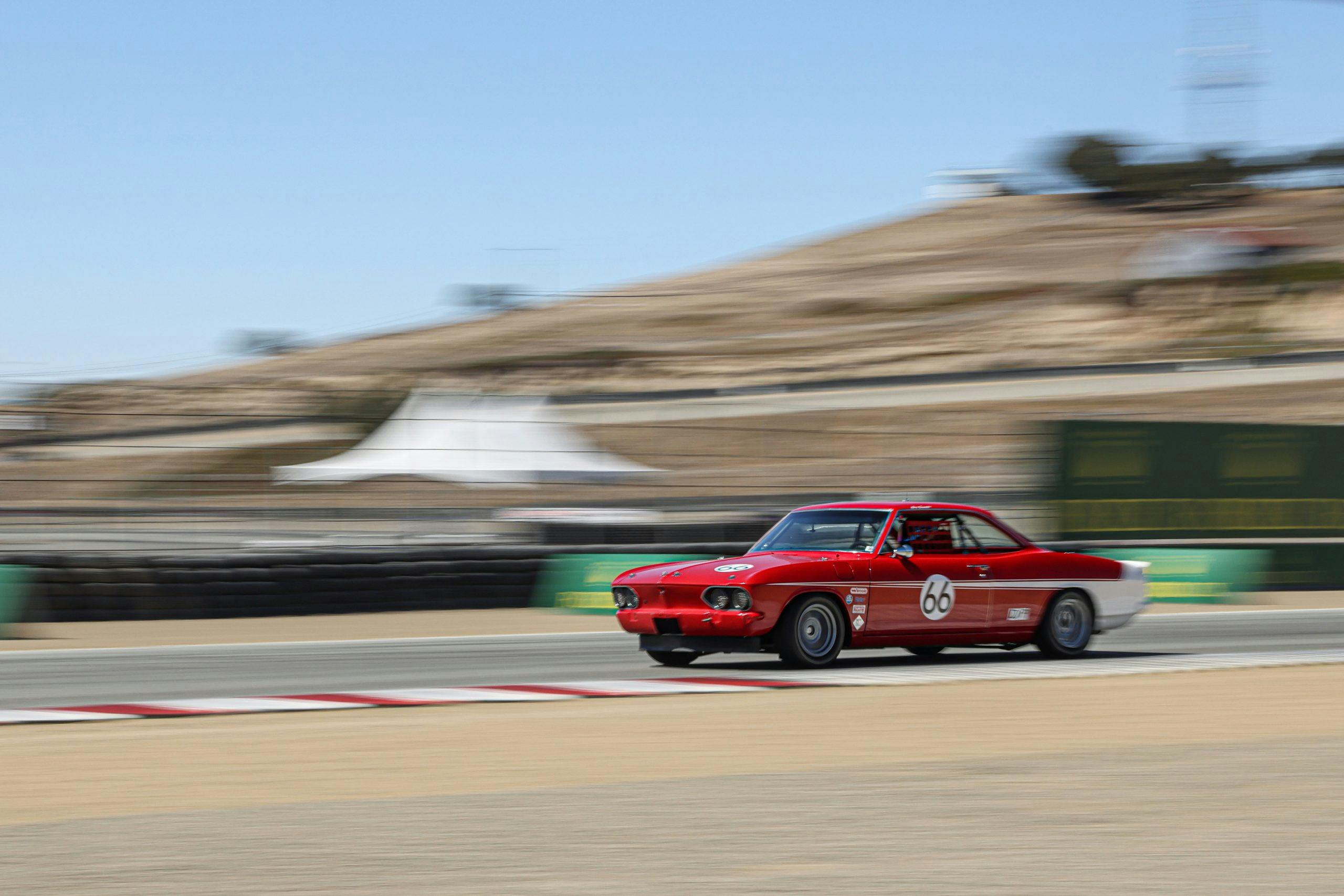

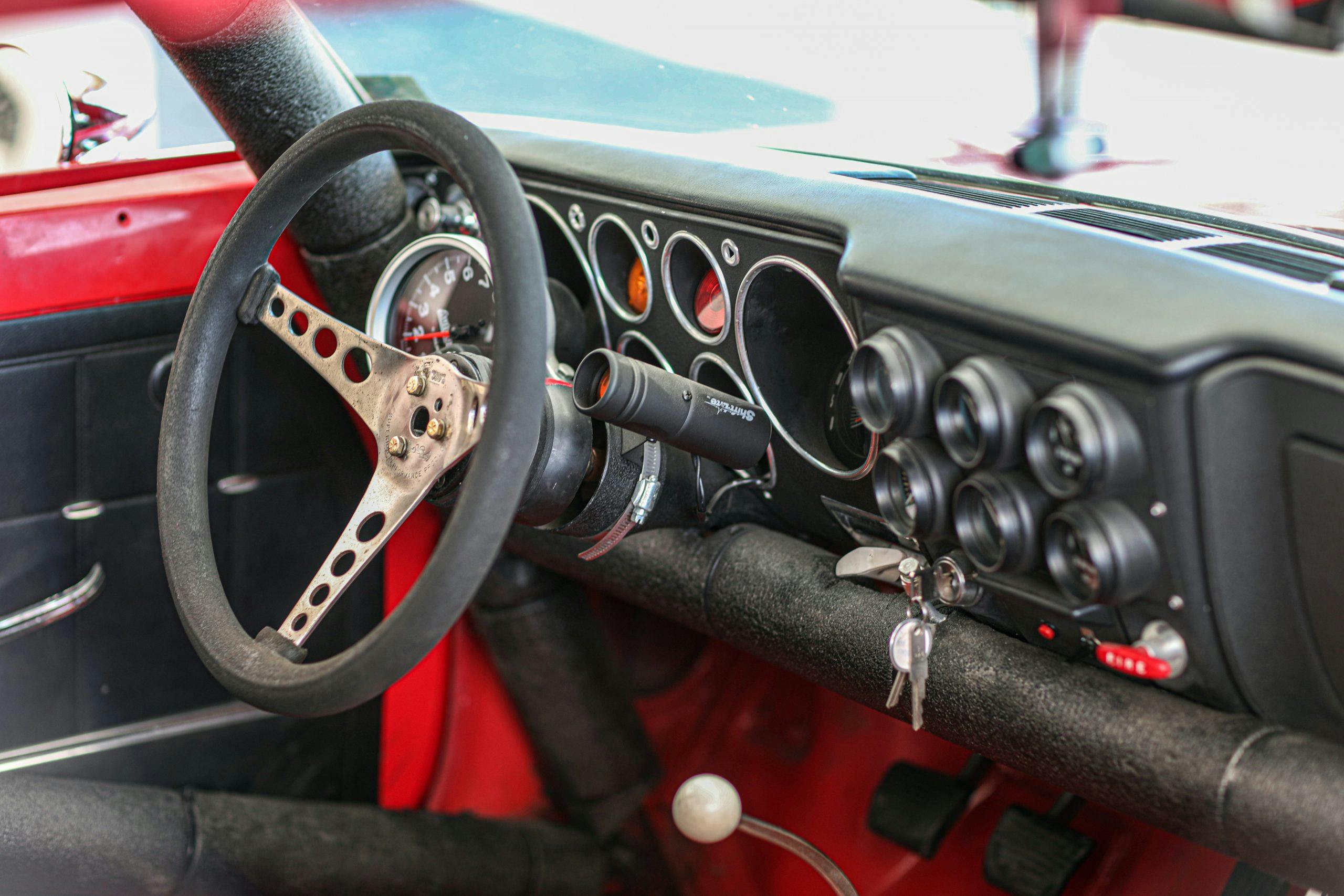

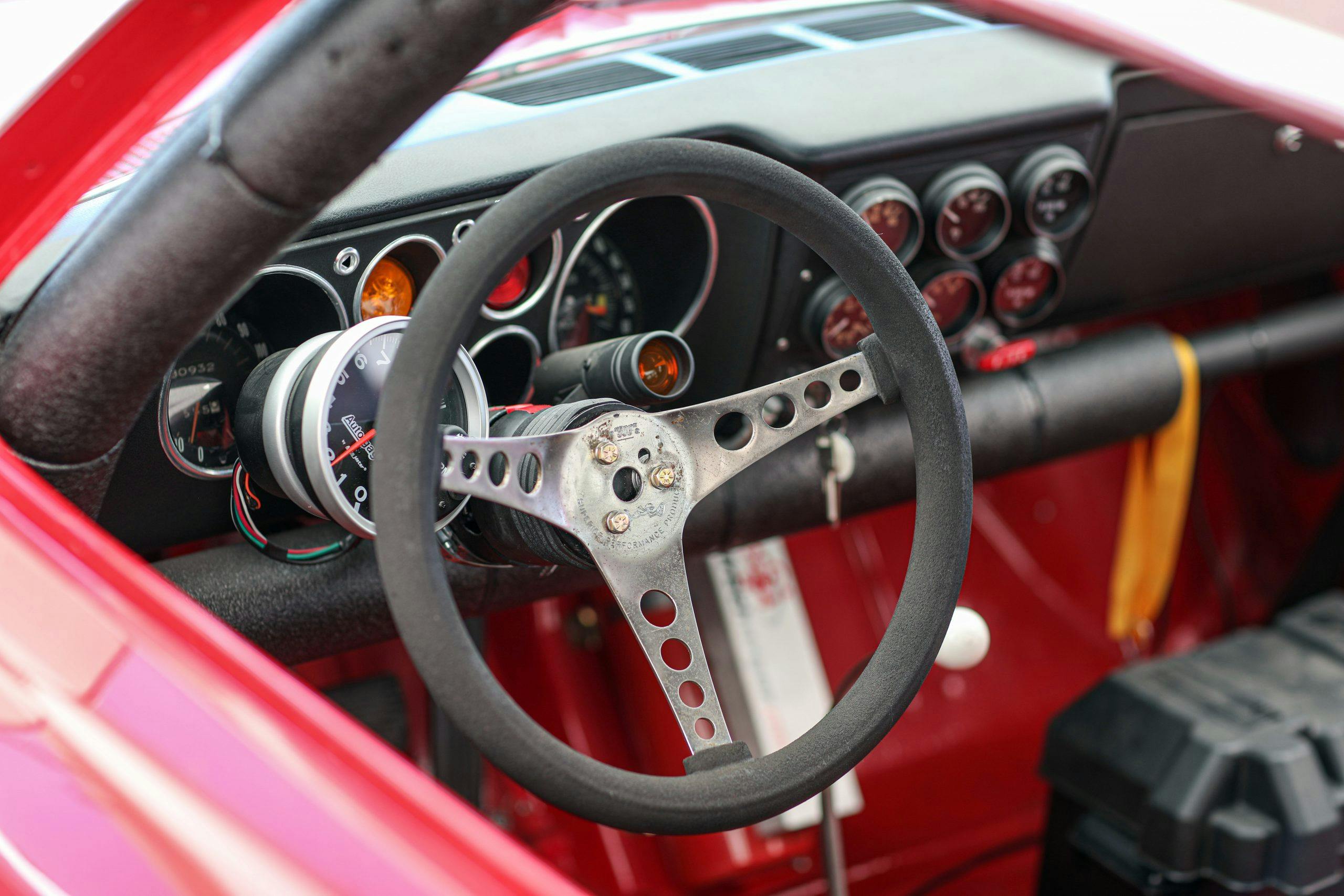
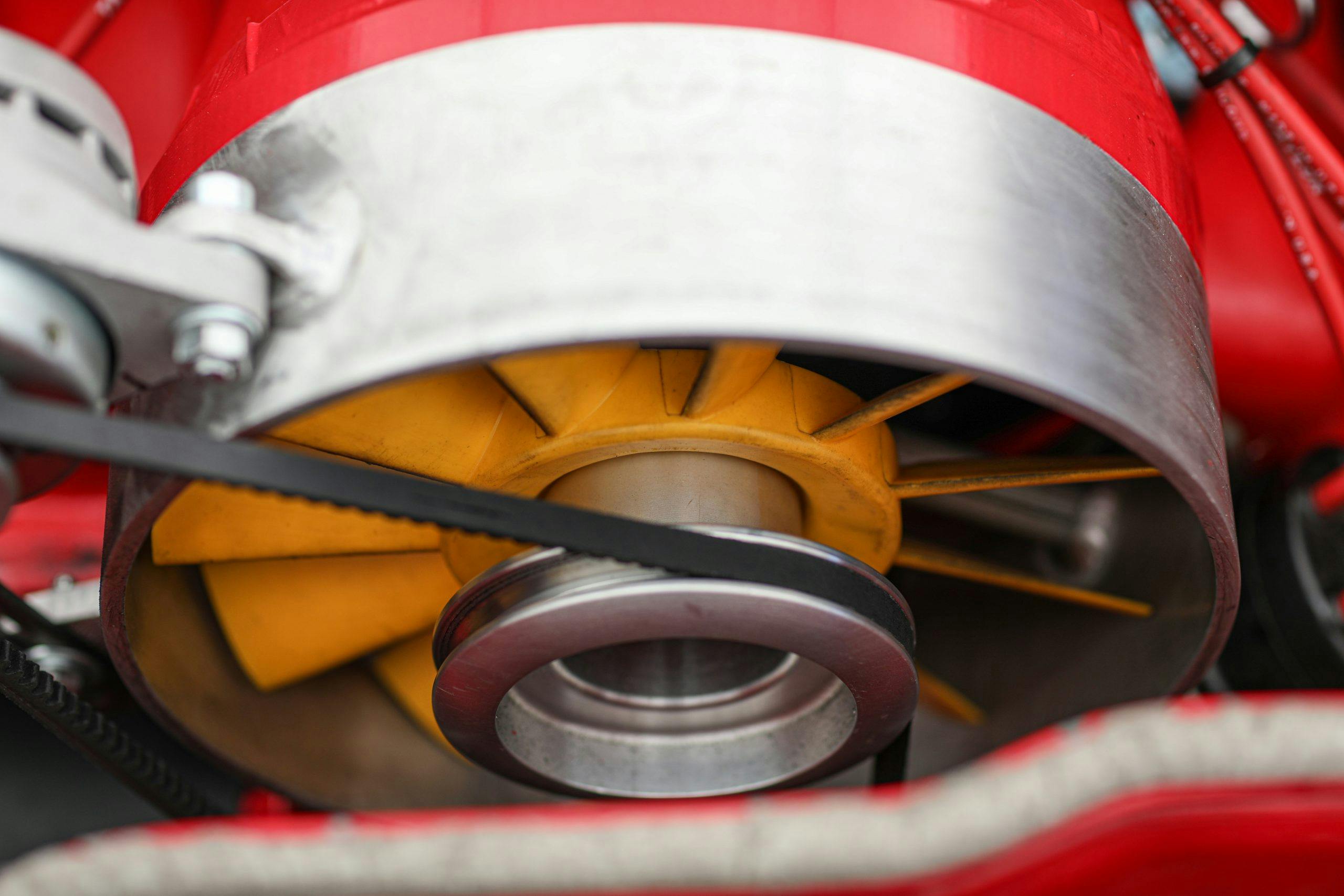
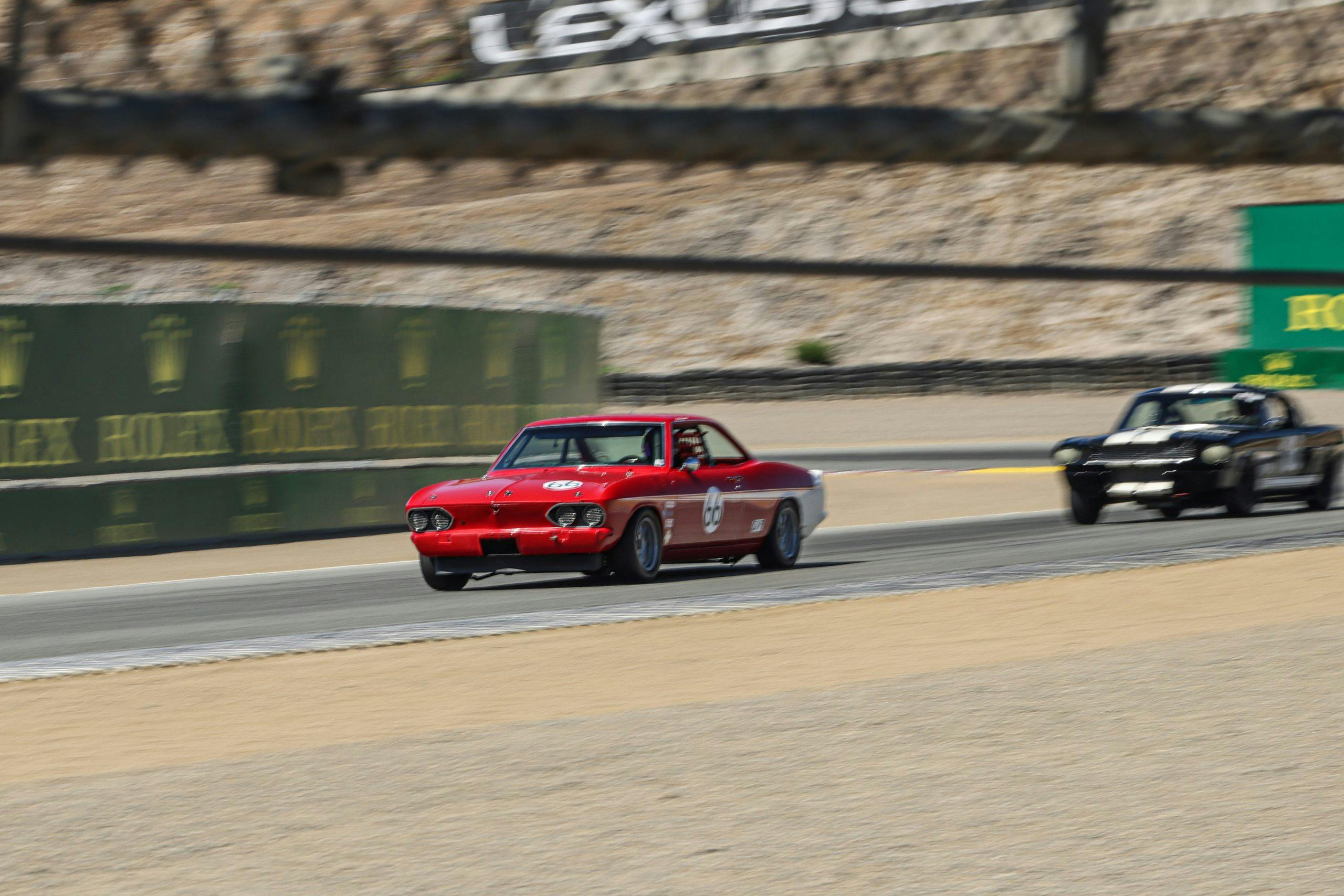
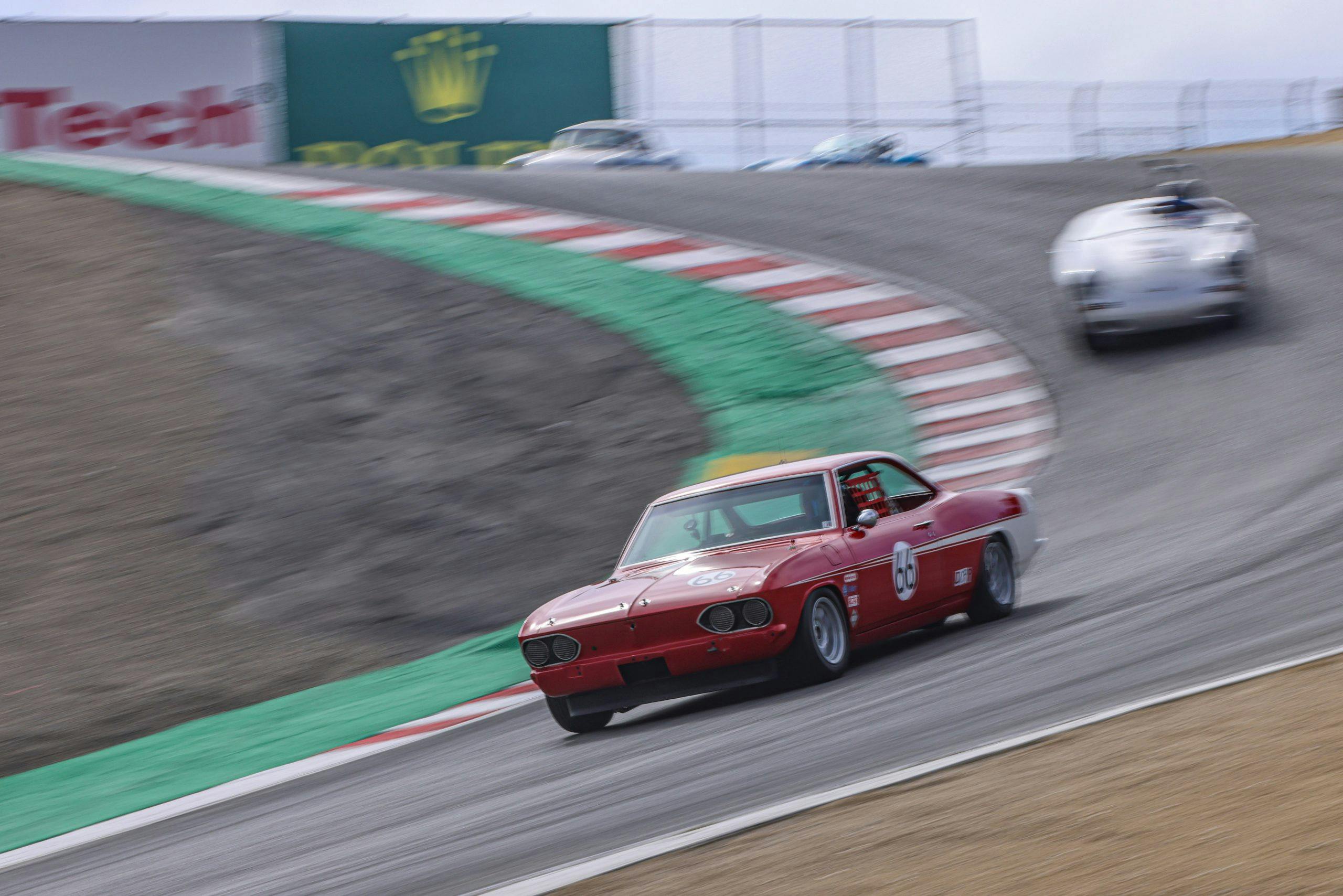


where can i purchase a vertical fan shroud?
Richard Hodson. Beware. According to the guys who have installed them, the vertical fan shroud works fine at upper RPM, but not a low RPM and especially not at idle. In other words, fine for a track car, but not for a street car. If you are still interested, contact Michael LeVeque. Mlevair@sbcglobal.net